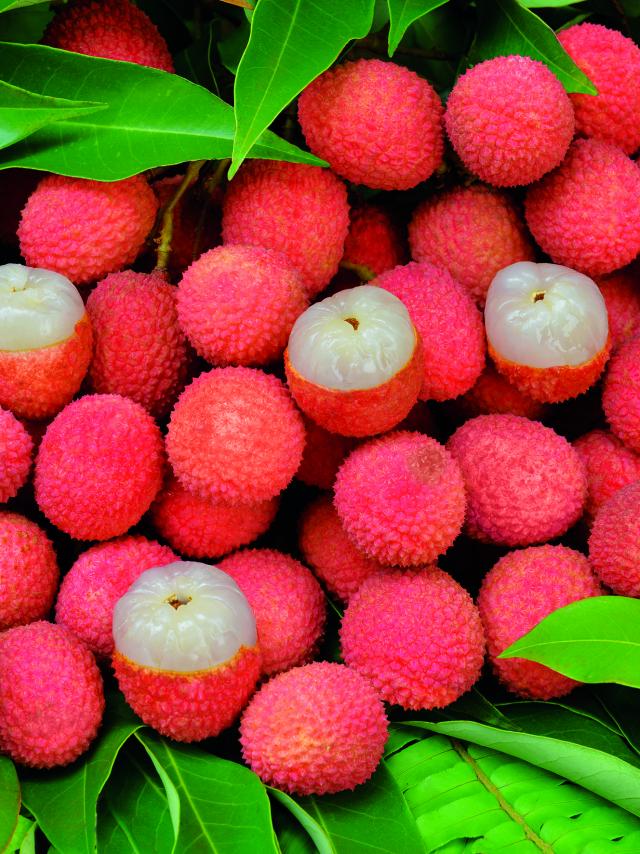The “chouchou” is a fruit of the Cucurbitaceae family, also known as “chayote” or “christophine”. Its fleshy fruit looks like a big misshapen pear and is eaten raw or cooked. The fruit is a berry measuring between 4 and 8 inches. It is rich in potassium, copper, magnesium and vitamin C.

The "chouchou"
 Montagne Piton Des Neiges03 Lever Du Soleil Sur Le Piton Des Neiges Et Les Treilles A Chouchous De Salazie Credit Irt Serge Gelabert Dts 12 2014.jpg
Montagne Piton Des Neiges03 Lever Du Soleil Sur Le Piton Des Neiges Et Les Treilles A Chouchous De Salazie Credit Irt Serge Gelabert Dts 12 2014.jpgIts flesh is white and firm, with a subtle taste that reminds you of zucchini. Every part of the “chouchou” is edible. Its pulp is used in stew, gratin, soup, salads, stuffed tomatoes, cake and jam. The shoots are prepared like asparagus fricassee in broth. The dry stems can be braided into slippers. When the tuber is cooked like fries, even the nutty tasting seeds are edible after cooking.
The palm heart
Just by hearing the word “palmiste” or palm heart, the eyes of every decent Réunionnais sparkle with gluttony. Palm heart and red-tailed goby make the perfect festive food. The consumption of palm heart on our island is an old tradition that has been recorded since the 2nd half of the 17th century. It were species of palm endemic to Reunion Island that grew wildly in profusion and that are divided into three types: princess palm (dictyosperma album), barbel palm (acanthophoenix rubra) and black palm (acanthophoenix crinita; this is a variety of the barbel palm, but growing above 2000 feet). Its delicate taste and crunchy texture have always turned cabbage palm into gastronomic excellence, which even led to the point that frantic hunts destroyed the indigenous palm. In 1948, a law was voted to protect them and prohibit the cutting of wild palms. Today, farmers still need to mark their barbel palm or prove that they come from their exploitation to sell them. Especially since poaching continues, unfortunately, in the heart of “le Parc National des Hauts”.






